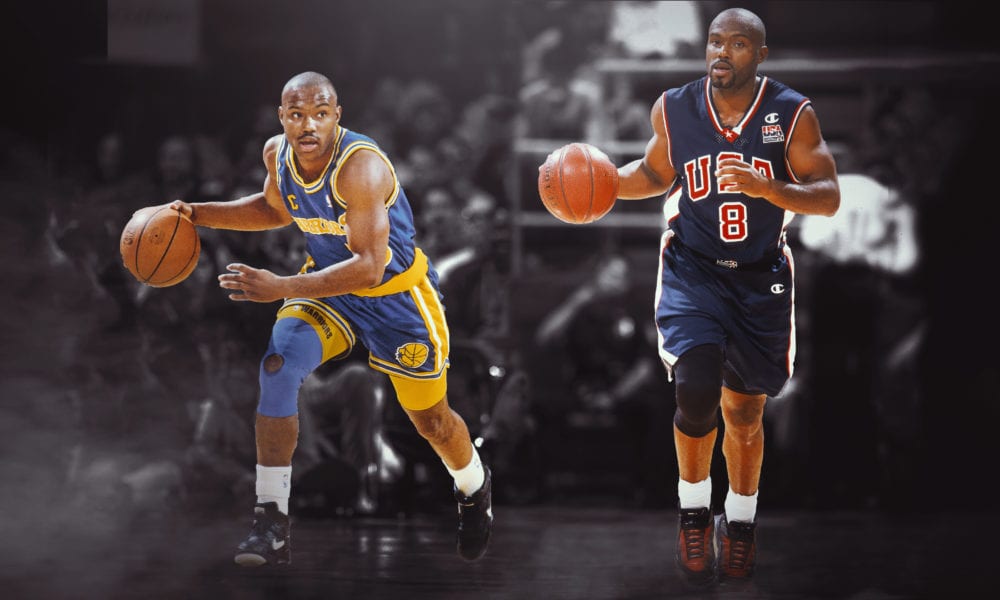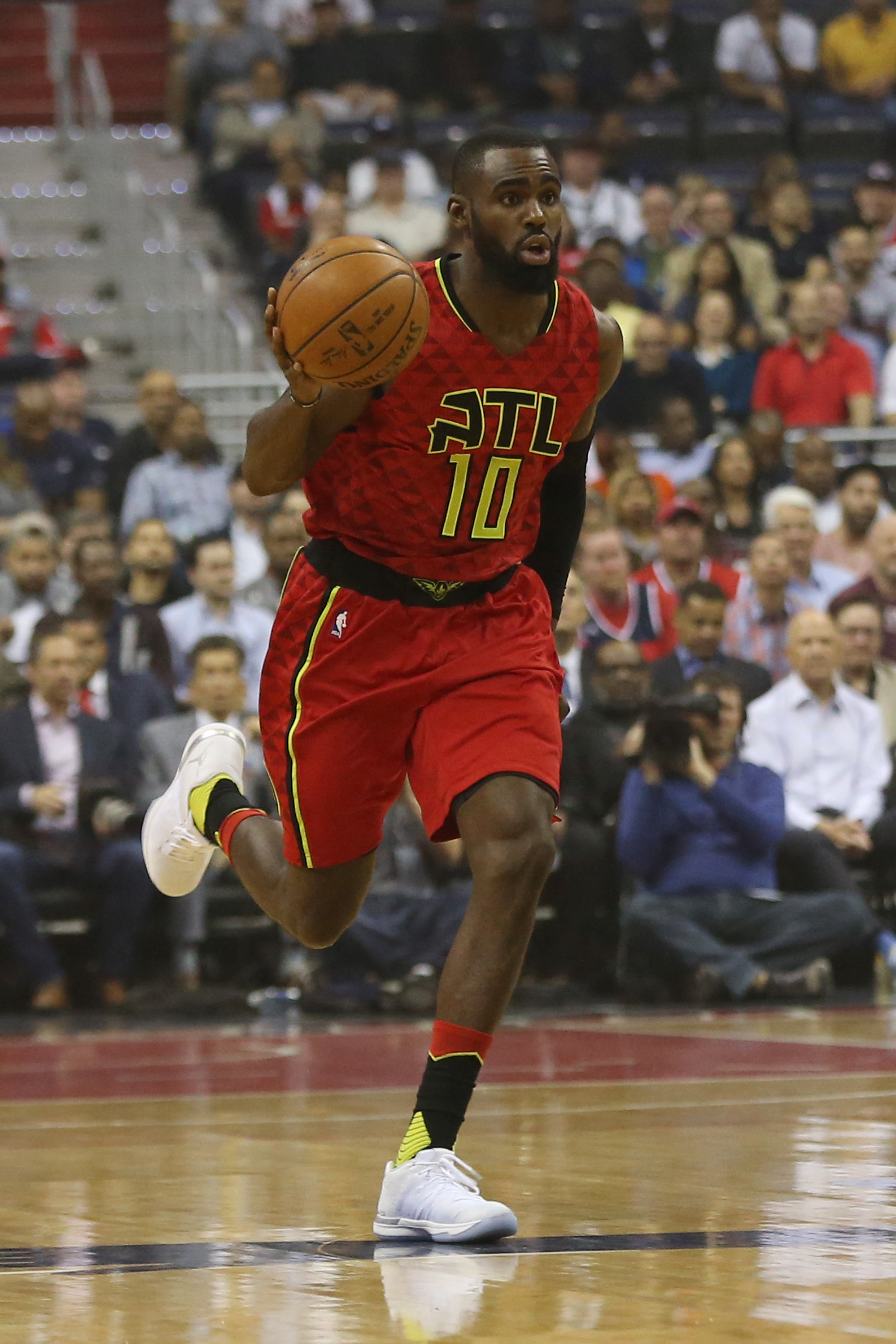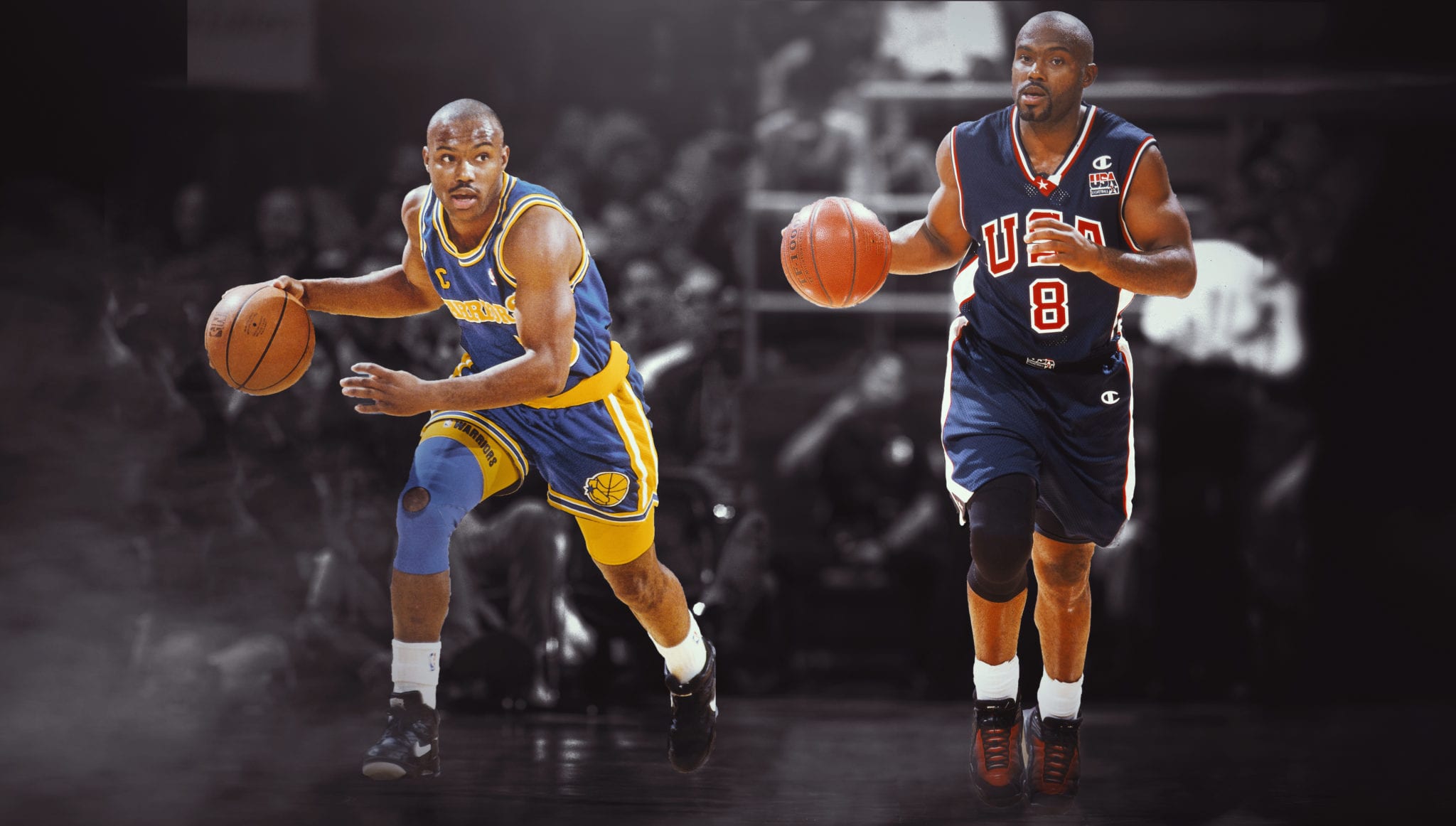


And I also always had the issue of minutes when dealing with a team that talented, and he even helped in that way by volunteering to come off the bench some games. But it was playful in the right way because when the games started, boy, was he dominant. His Shaq Fu stuff was out then, and he always had jokes. He kept everyone committed, but loose, too. It shot 72 percent in the first half and never looked back. I certainly enjoyed the international competition but may have enjoyed the day-in, day-out battles against my teammates even more.īy the time Team USA met Russia (which had upset the Toni Kukoc, Dino Radja-led Croatian squad) in the finals, the team was clicking. KEVIN JOHNSON (Phoenix Suns, point guard, 28): The battles in practice were part of what made the experience so incredible. So without the public spectacle that is the Olympics and with international competition still years away from gaining any real significance for the American players, the highlight of the tournament for almost all the Team USA players involved were the practices. Such is not the case for American players or public. The World Championships, especially to the European teams, have always been considered more important than the Olympics. I had the best guards in the tournament, the best shooters in the tournament-and definitely the best big men. And, well, they were all really, really good. It's not like now where Mike and Jerry collaborate. was probably Nellie coaching as his truest self. He had penetrators, he had shooters, he all kinds of big men. But he didn't have to use all those freaky lineups because now he actually had traditional players at their positions, and it freed him up coach in a more traditional sense. MILLER: Nellie was known for doing a lot of switching and coming out with these bastard lineups.


Steve Smith was a young, big guard in the Magic Johnson mold, and 'Nique and Dumars were the steady-hand old guard. Miller and Dan Majerle were zone busters. Kevin Johnson and Mark Price manned the point. Larry Johnson was at the height of his post-UNLV "Grandmama" powers, his generation's Charles Barkley.Īll foreign big men were helpless against Shawn Kemp's freakish athleticism. Derrick Coleman was a do-it-all big man who could get you with a turnaround from the block or rain lefty three-pointers. Mourning and Shaquille O'Neal were the young interior beasts. Let me tell you: That Dream Team II could play with any of the other Dream Teams.ĭue to a few injuries (Thomas, Tim Hardaway) and some late replacements, the final 12-man roster had it all. We knew going in that we were gonna beat everyone by 20-at least. So they invited me on Dream Team II to be the vet, one of the statesmen with Joe. But I was dealing with Achilles problems around then. They also didn't want to have any returnees from the original Dream Team.ĭream Team: Charles Barkley, Larry Bird, Clyde Drexler, Patrick Ewing, Magic Johnson, Michael Jordan, Christian Laettner, Karl Malone, Chris Mullin, Scottie Pippen, David Robinson and John Stockton.ĭream Team II: Derrick Coleman, Joe Dumars, Kevin Johnson, Larry Johnson, Shawn Kemp, Dan Majerle, Reggie Miller, Alonzo Mourning, Shaquille O'Neal, Mark Price, Steve Smith and Dominique Wilkins.ĭOMINIQUE WILKINS (Boston Celtics, forward, 34): I would have been on the original Dream Team, I'm sure of it. The NBA and USA Basketball decided early on to field a roster with a mix of vets and young up-and-comers. Titles, teams and ages found in the parentheses identify each individual at the time of the tournament. What follows are their memories, as told to Vincent Thomas. They were a brash bunch that won the gold easily (the fiercest competition, as one might imagine, came during practice-specifically Pacific Rim-type battles between the squad's young big men) but battled apathy and some backlash from the public back home.īleacher Report reached out to the principal members of that team and others who spent time around it to get their recollections of that experience. The roster featured perennial All-Stars, young cats at the beginning of Hall of Fame careers and vets nearing the end of theirs.


 0 kommentar(er)
0 kommentar(er)
